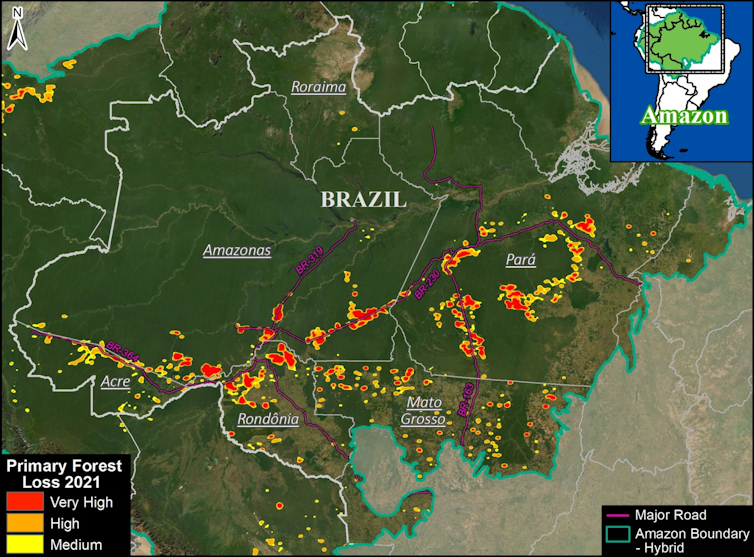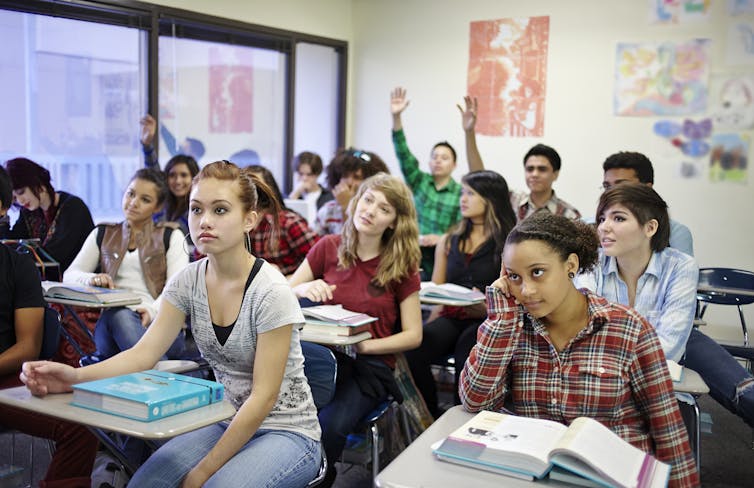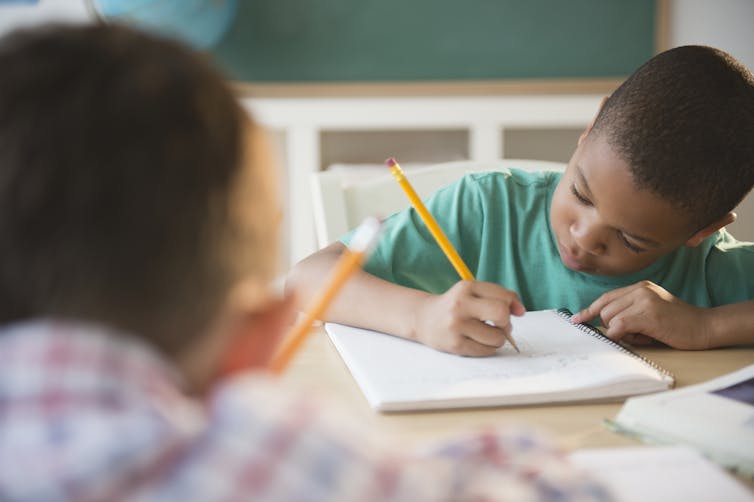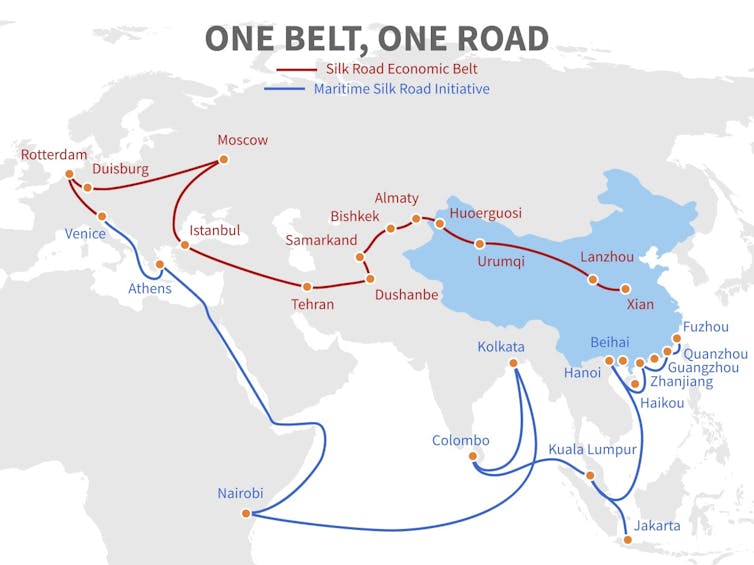Moving in with your partner? Talking about these 3 things first can smooth the way, according to a couples therapist

Partners who live together typically come to this significant place in their relationship in one of two ways – what some clinicians call “sliding versus deciding.” Moving in together can just kind of happen without too much thought, or it can be carefully considered and planned.
Some couples may see living together as a test for future marriage. For others, marriage is not a goal, so living together may be the ultimate statement of their commitment.
I have been a relationship therapist and researcher for over 25 years, specializing in intimate relationships. Based on my research and clinical experience, I recommend that couples discuss the significance of sharing a home before they merge households. Doing so gives partners an opportunity to set realistic expectations, negotiate household roles and practice their communication.
My colleagues and I developed a list of topics partners should talk about before moving in together – or even after, if the moving boxes are already unpacked. These topics are organized into three main categories.
1. Expectations
Why do you want to move in together? What is the purpose? Will it lead to marriage? Many relationships struggle with the intersection of reality and expectation.
Clients tell me that their expectations of living together are often based on what they grew up with – for example, “My mom had dinner on the table every evening at 6 p.m. I expect the same of my partner.” Expectations also extend to intimacy, such as, “Now that we are sharing a bed, we can have sex all the time.”
Conversations about what this stage of commitment means for the relationship and how it affects each individual’s identity are part of this negotiation. Is moving in together “practice” for marriage? Are we moving into one of our current places, or finding a new home together? How will we split up the household finances? How frequently will we be intimate? Will we get a pet?
Understanding what will and won’t change helps smooth this transition, making space for conversations about the nitty-gritty of living together.
2. Household roles
As people launch from their childhood homes, the household rules they grew up with – both the ones they liked and the ones they hated – tend to come along for the ride.

It’s important for couples to talk about how they plan to handle mundane day-to-day tasks, such as dishes, trash, cooking, cleaning and so on. My colleagues and I recommend couples start these conversations by stating their strengths. If you like grocery shopping but hate cooking, first offer to do what you prefer. Talk through the different needs of your household – including finances, pets, kids, cars and so on – and try to find some balance in the division of responsibilities.
During these negotiations, remember to keep in mind each person’s obligations outside of the home. For example, if one person stays at home or has summers off, take that into consideration in determining balance.
I once worked with a couple where one partner wanted her spouse “to be less of an asshole.” When we dug a bit deeper, what she really wanted was for him to vacuum. Talking further, they began to understand that their household rules were neither balanced nor accommodating of the ebbs and flows of their lifestyle, family needs and professional demands.
3. Communication
Perhaps the most important conversation to have is actually about communication. How responsive do I expect my partner to be when I text them? How do I tell them I really need alone time? When can I talk to them about my changing needs?
This can be an excellent time to reach out to a couple and family therapist to help negotiate some of these issues. Many times, the hurtful comments people make to one another are really about expectations, fear and the anxiety of the unknown. Talking about the best way to recognize and meet your partner’s needs and concerns invites collaboration and unity, which ultimately strengthens the relationship.

People and relationships change over time. Everyone is affected by their own life experiences, one of which can be moving in with a partner. Communication and empathy are key as expectations shift and evolve. This continues to be true as couples hit transitions throughout their lives.
Big things like moving, graduating, getting a new job and having children, as well as little things, like choosing which TV shows to watch or trying out a new recipe, are important topics to have conversations about. Developing good communication skills can serve as the foundation for navigating the trials and tribulations relationships bring.
And it’s never too late to start having these conversations – even if you’re already living together.
Kristina S. Brown, Professor and Chair of Couple and Family Therapy, Adler University
This article is republished from The Conversation under a Creative Commons license. Read the original article.


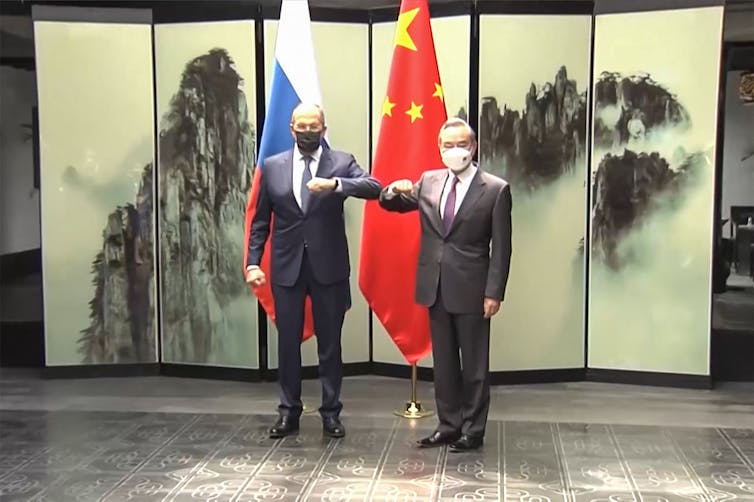

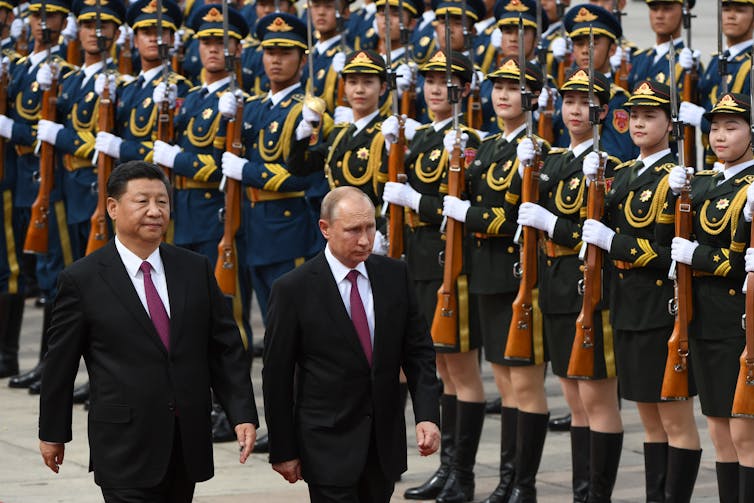


 Keeping a sleep diary to help track your sleep patterns and habits can make it easier to identify factors that may be helping – or hurting – your sleep quality. Monitor what time you go to bed, what time you wake up in the morning, how many times you woke up during the night, how you felt when you woke up and any variables, such as changes to your routine or sleeping arrangements. Having documentation over the course of several weeks can help you identify necessary changes.
Keeping a sleep diary to help track your sleep patterns and habits can make it easier to identify factors that may be helping – or hurting – your sleep quality. Monitor what time you go to bed, what time you wake up in the morning, how many times you woke up during the night, how you felt when you woke up and any variables, such as changes to your routine or sleeping arrangements. Having documentation over the course of several weeks can help you identify necessary changes.





